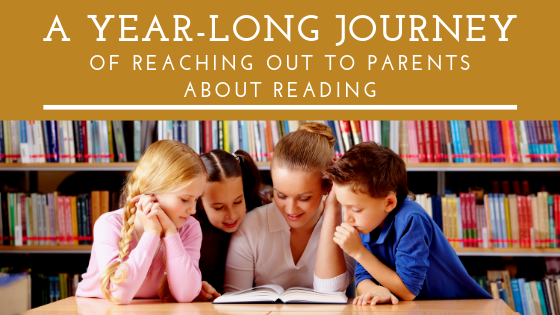Building a Community of Readers
I am excited to share the guest post below written by three incredible educators at Brent International School in the Philippines. When I heard about the fantastic work they were doing with parents and families in their community in order to further the joy of reading, I just knew it needed to be shared with the world. Here's to learning and growing together to do what is best for kids!
Reaching Out
We work at an international school about 30 km from Metro Manila. In the Philippines 30km can mean 30 minutes or many hours, depending on the traffic. Because of this, we have a large number of parents who spend their days on campus, waiting for their children to finish school. We are based in an Early Learning Center with students from Nursery-Second Grade, ages 3-8. We are a close-knit community with parents from the Philippines and many other countries. We have found that the parents in our school are excited to get involved in school activities and always eager for information about how they can help their children to be successful.
We are now wrapping up our second full year as a Workshop school. At the beginning of this academic year, we began to realize that, when it came to Workshop, there was still a lack of understanding among parents. We wanted to translate Workshop to parents in a way that not only made sense to them, but had them eager to get to know their children as individual readers and writers. We realized that in order to do this, we needed to have common understandings and common language being used by all teachers. So, with that, we began reaching out to parents by hosting Readers' and Writers' Coffee Talks — an hour long session for learning and refreshments. With so many parents already on campus, we had an eager audience waiting.
We would like to take you on a journey through our year and how we have been bringing parents into our Workshop community.
The Journey of Reading
When we started this school year, our big goal was to get away from the practice of only sharing reading levels when asked about a student’s reading abilities. If a parent or teacher asked about a student’s reading progression, we wanted to start a dialogue amongst teachers that encouraged them to paint a deeper picture of a student as a reader…
What kind of readers are they? What books do they love? What are their strengths? What are their goals? — rather than just,“They’re a D.”
When seeking a common understanding of how to approach this and which language we would use, Jennifer Serravallo became our muse. In The Reading Strategies Book (2015), Jennifer shares "A Hierarchy of Possible Goals for Reading." When we thought about our K-2 readers, we found that all of our students fit somewhere along this progression. Through our discussions, we began to think of these goals as a journey that students found themselves on as they continue to grow as readers. The journey is not always a straight path. Sometimes students might find themselves going back and forth between different stops along the way, but everyone is on this exciting journey of reading.
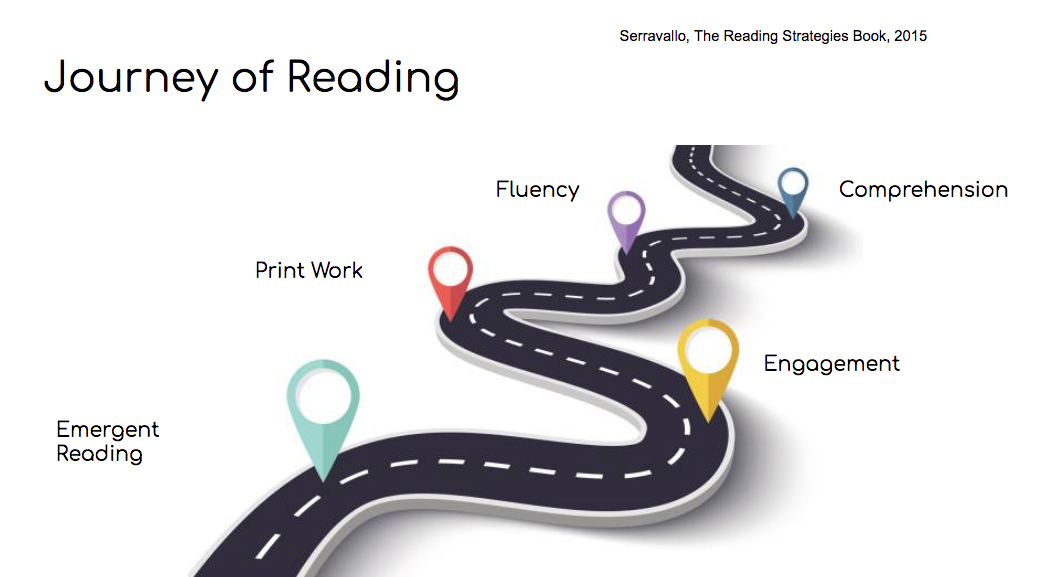
Through the structure of workshop, we as teachers get to know our students well as readers and can determine what part of the reading journey students are finding themselves on. This gives us insight into their strengths and also the skills they need to develop. Once we found this common language, we felt confident that we could help parents begin to truly appreciate their children as readers, too.
Sharing the Journey
For our first Coffee Talk, we introduced this concept of "reading as a journey" to parents - the visual above was a helpful tool when demonstrating this. We then went through each stage of the journey, breaking down what a student might be working on if they found themselves at a particular "stop." We asked parents to think about their own child as we went through each stage of the journey and to try to identify where along this path their child might fall. We then taught them a few strategies from Jennifer Serravallo that they might use at home when reading with their child. This, we hoped, would arm parents with some tools that would meet their child exactly where they are as readers.
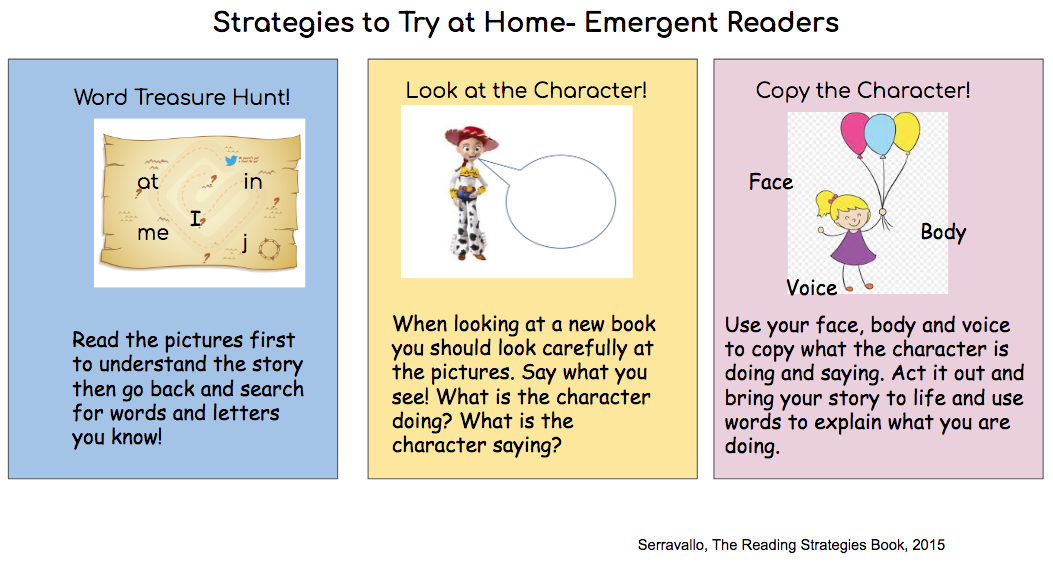
During this Coffee Talk, we also selected a very simple emergent text and read it multiple times with each specific reading journey goal in mind. The parents were surprised at just how complex a simple text could become when you approached it with different goals in mind.
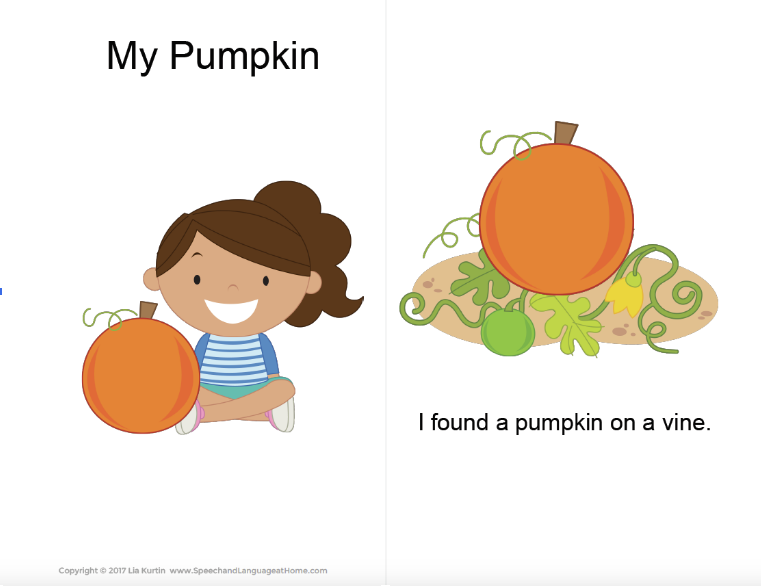
Parents left this Coffee Talk with a better understanding of their children as readers and also with an array of strategies they could draw on throughout the years, no matter where their child fell on their journey. It also gave them the confidence to ask specific questions about their children as readers during parent-teacher conferences.
The response to this Coffee Talk was so positive that we ended up running the same session for a second time after so many parents reached out to say they were sad to have missed the first one!
We Are All Readers
Moving onto the second semester, we were very lucky to attend a literacy coaching workshop in January with Sara K. Ahmed at the Hong Kong International School Literacy Institute. A big takeaway for us was the importance of not only seeing our students as readers, but also recognizing our own identities as readers. This message seemed to echo the sentiments shared by Kathy Collins at the International School Manila in September: How can we authentically instill a love of reading in our students if we do not model our own love of reading? The same must be true for parents.
When we saw Kathy, she had us create posters that reflect who we are as readers: our reading identities. Each of us interpreted this in very different ways, but what was clear when reflecting on our posters was that we all saw reading as a joyful and important part of our lives.
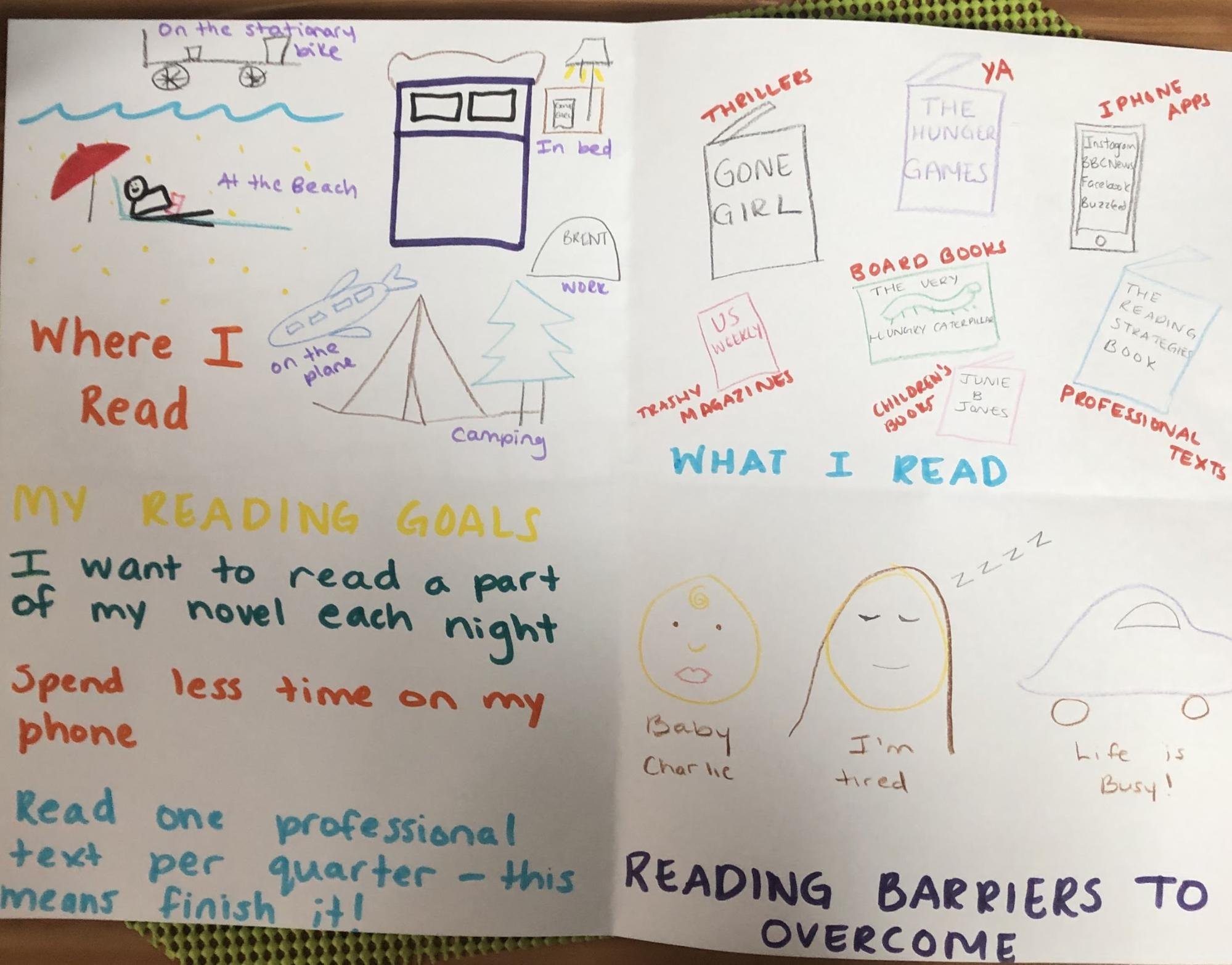
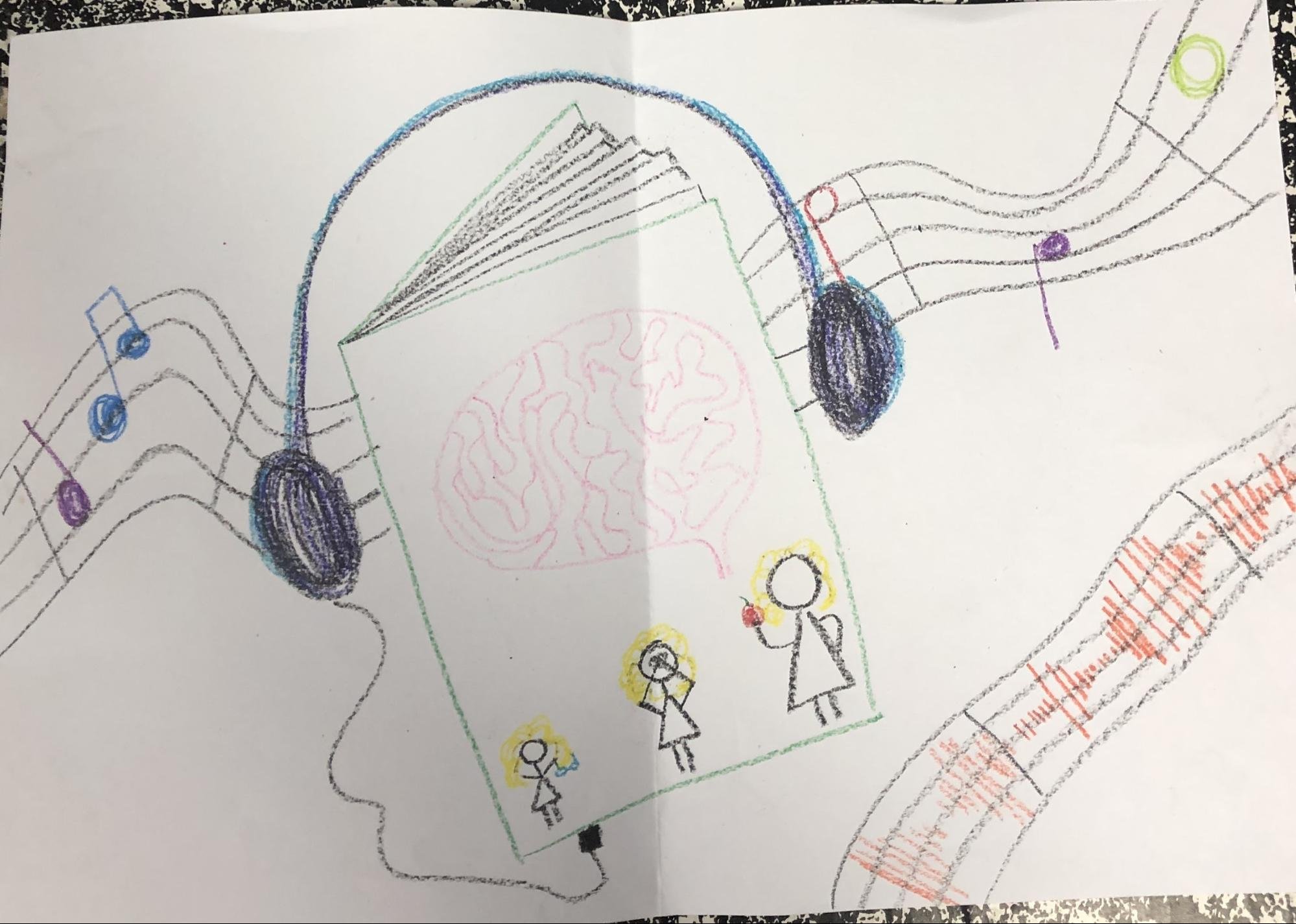
At our Coffee Talk we shared our own reading identities posters with parents along with some reading identity posters that students had created. The parents seemed particularly impacted when seeing the work of students and hearing their own visions of themselves as readers.
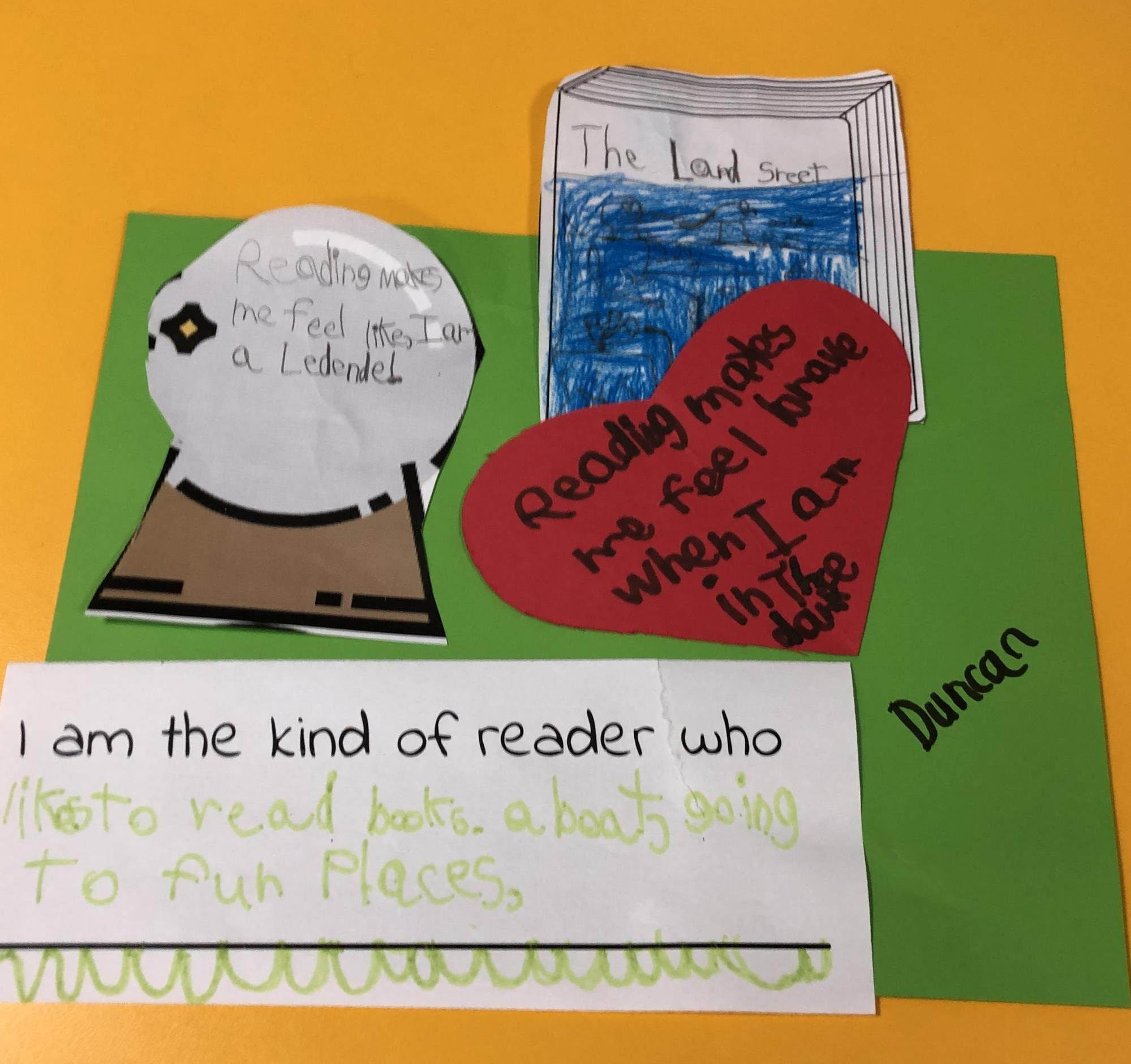
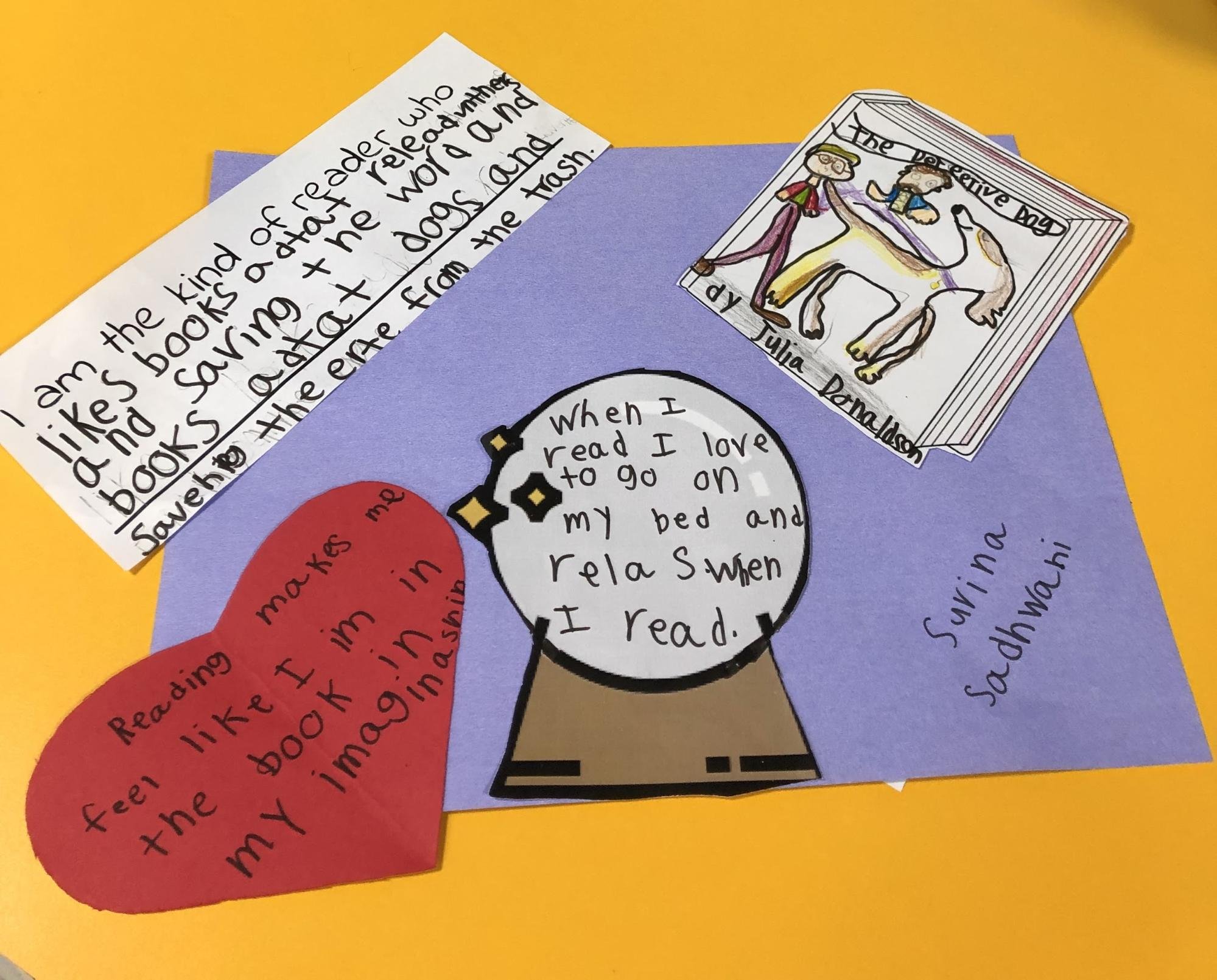
We then asked parents to give it a try and create their own reading identity posters. At first, there was some hesitation, and it was clear that a handful of parents felt nervous about opening themselves up and being vulnerable in this way. After a few minutes, however, parents really got into it. The conversations about reading around the tables were abuzz. We began recording the language and vocabulary we were hearing around the room and adding it to a chart at the front:
“You should read this book!”
“I couldn’t put it down.”
“After a long day at work, I like to escape into a light-hearted book.”
“I always look forward to reading bedtime stories with my children.”
“Have you read _____ series? I’m on the third!”
“It’s so relaxing.”
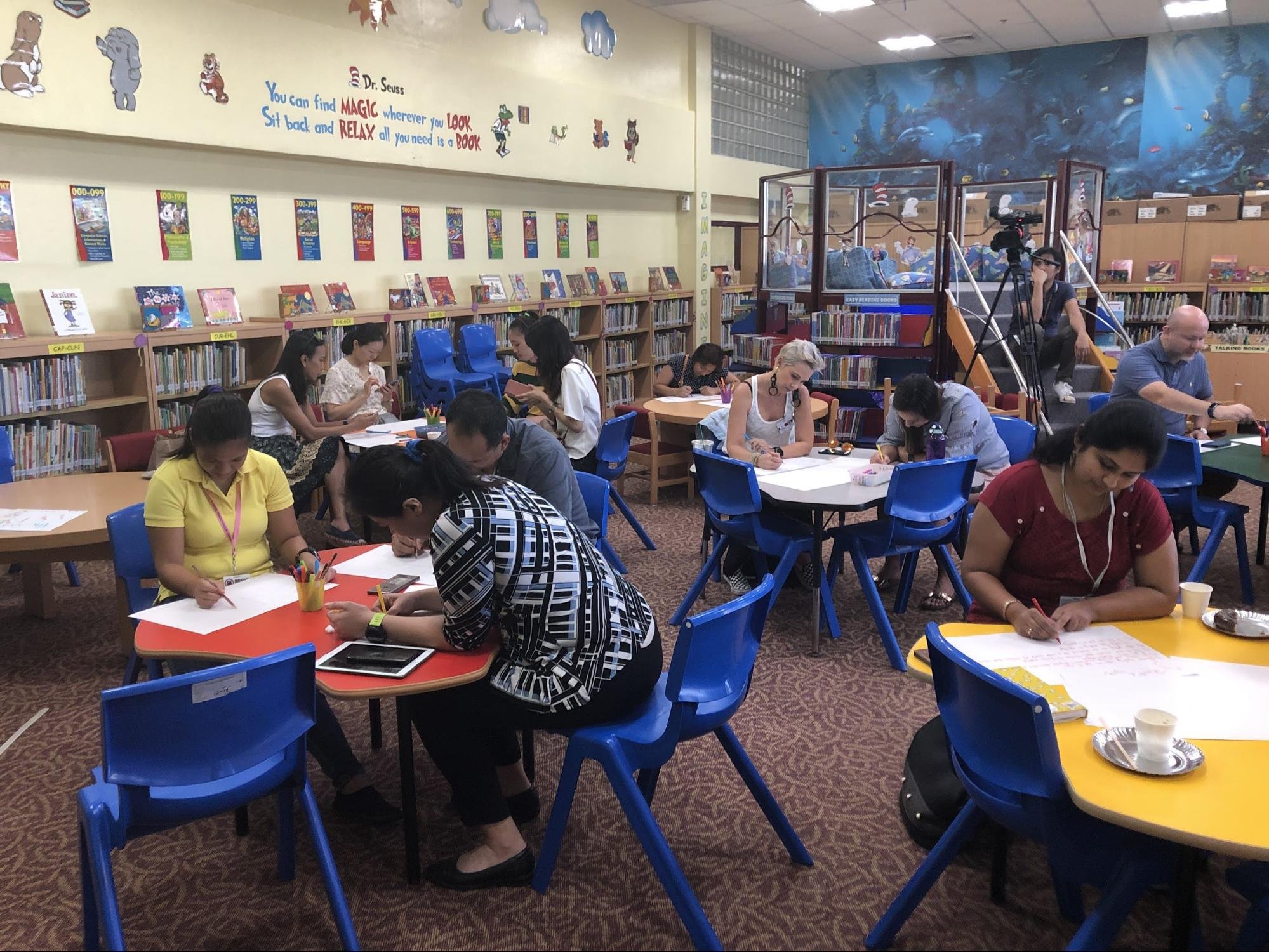
As we were wrapping up the activity, parents were so engaged. They didn’t want to stop! It was amazing to see this level of reflection among the parents, and we were honored to get this insight into such a personal part of their lives. When we reflected on the list of positive language and vocabulary we had heard through their discussions, parents were surprised at just how long it had become. We tried to drive this point home to parents:
The positive way you are feeling right now about reading—this is how we want your children to feel about reading all of the time.
In Your Child’s Shoes
With parents overwhelmed by feelings of love for reading and with a goal of joyful reading in mind, we wanted to create a contrast of what, unfortunately, tends to happen to young readers when reading at home or at school.
Inspired by a simulation by Kim Yaris at the HKIS Literacy Institute, we decided to create our own resource and recreate the same experience for parents. The goal of this was to model what it might be like to be in the shoes of their own child: a young, beginning reader. We handed each parent a picture book and told them it was time to read. Rather than conventional font, the words had been replaced with wingdings.
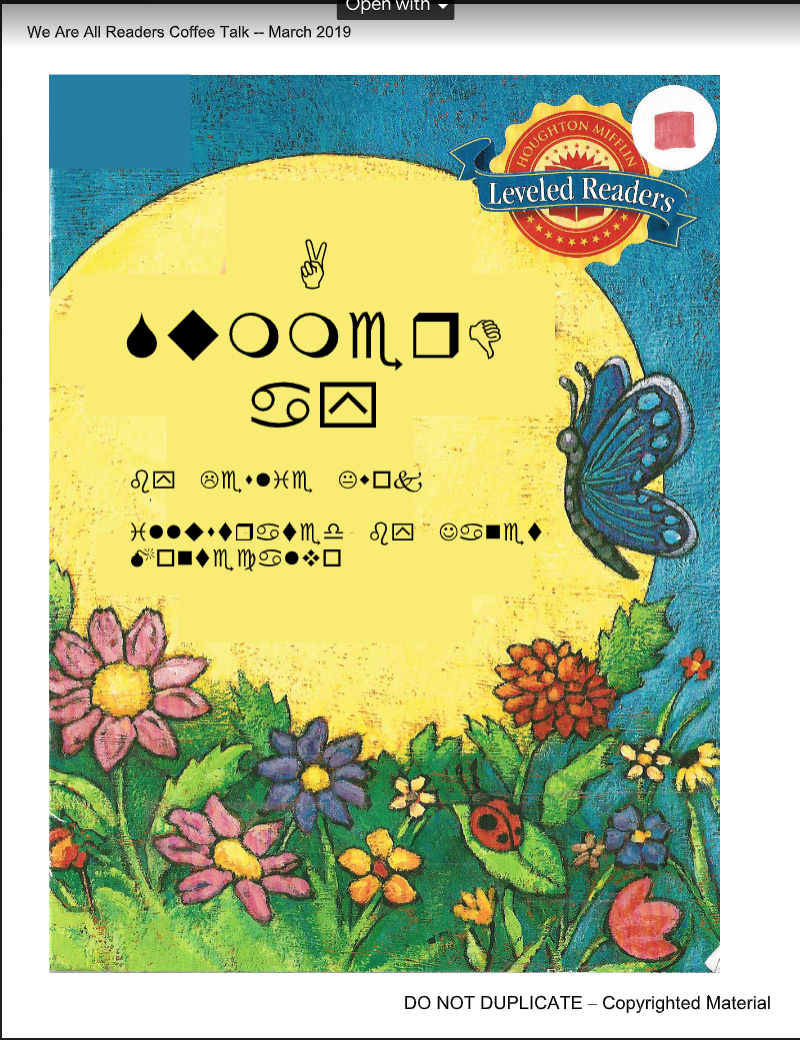
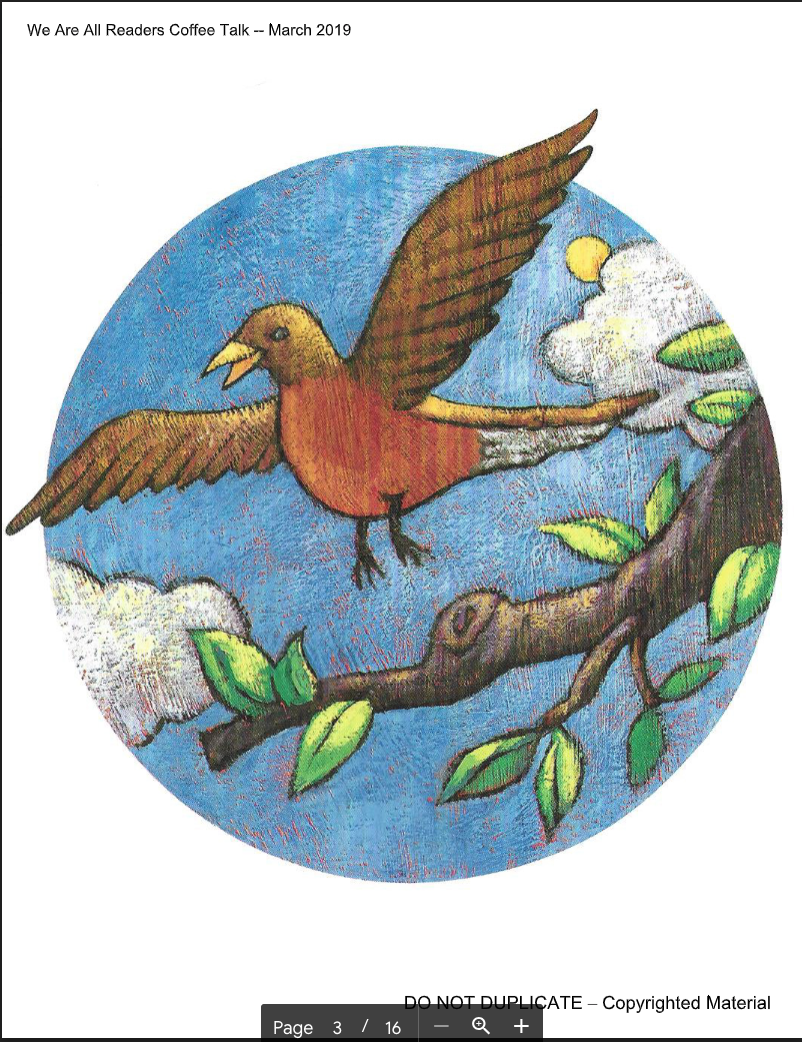
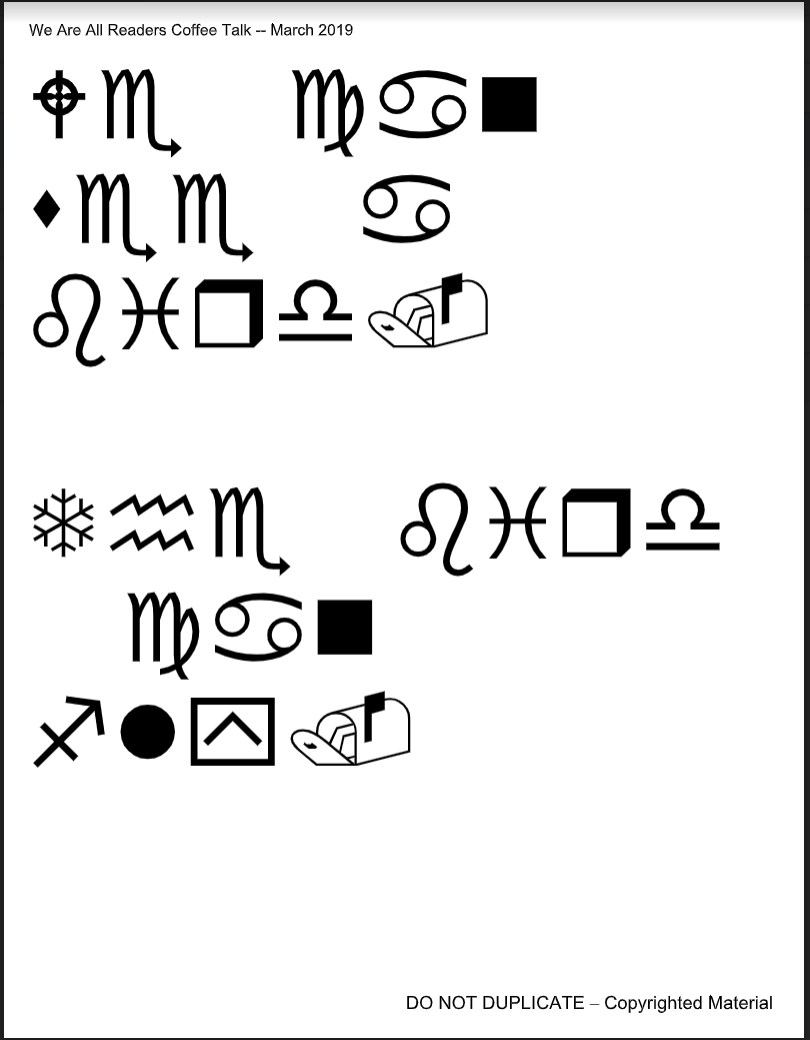 A Summer Day, Houghton Mifflin, 2003
A Summer Day, Houghton Mifflin, 2003
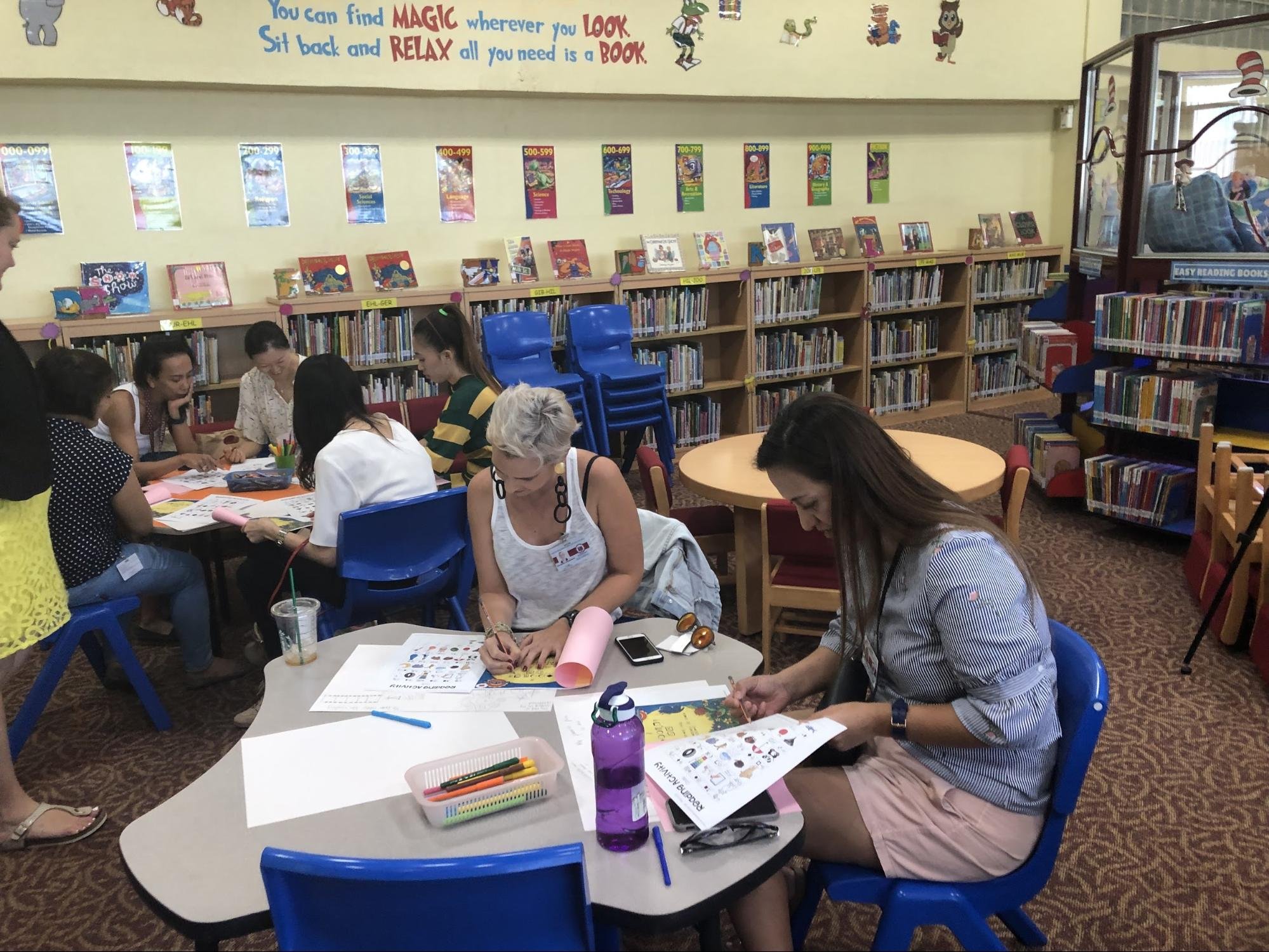
This time around, we took note of how their vocabulary and language had shifted towards reading and listed it beside the positive language used earlier in the session.
Some key language we heard included:
“This is too hard.”
“When I get things like this, I just quit right away.”
“They expect us to read this?”
“How do I get started?”
Our response to them was, “Here is a strategy for you to use.” At this point, we gave them a code designed to make the text more accessible. As in any classroom, this strategy worked for some parents, but left others more frustrated and still struggling to access the book.
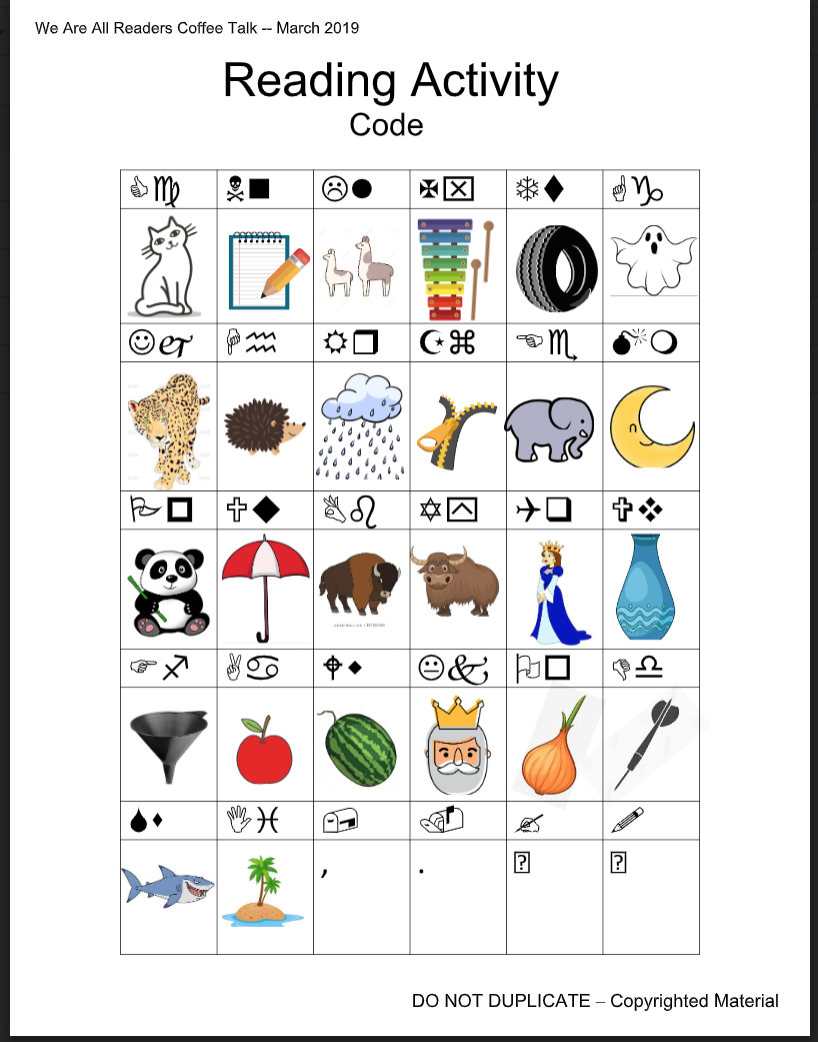
When we reflected on this simulation, we discussed the negative shift in language that we noticed when moving around the room. We asked parents to consider the following questions:
What does this make you think about your own child as a reader?
How must your child be feeling when this happens?
What’s in a level?
At our international school, we are blessed to have parents who care a lot about their children as learners and want to see them be successful. We have noticed, however, that many parents have become very focused on reading levels without a true understanding of why they exist and what they mean. As teachers, we are working on shifting our own thinking about reading levels and, thus, felt it was our responsibility to reflect this back to parents.
To conclude our Coffee Talk, we shared the cartoon below and suggested to parents that they might recognize this parent-teacher conference.
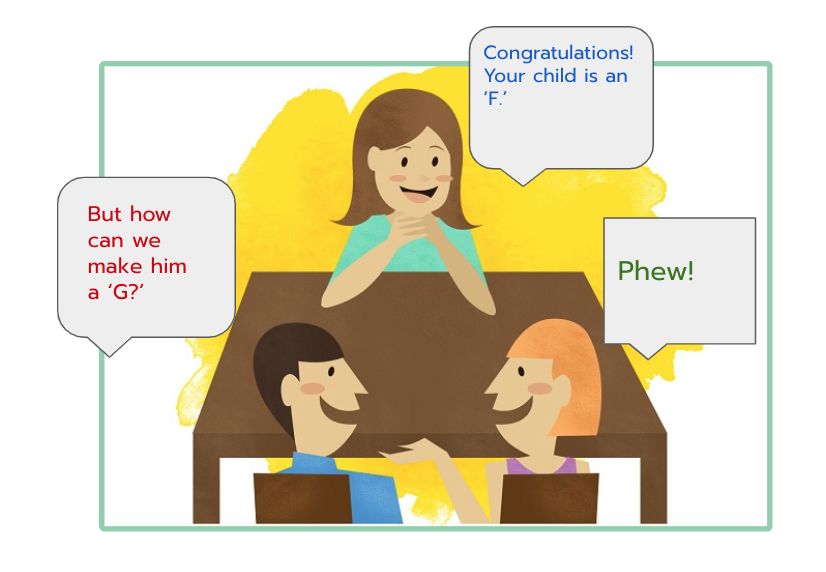
We then asked them to think for a minute:
What does this conversation even mean?
Who is this "F" or "G" child? Can they picture this student?
As teachers, we acknowledged that over the last few years, we have been on a learning journey of trying to understand what reading levels mean and why they exist. The article “A Reading Level is a Teacher’s Tool, NOT a Child’s Label" (Fountas and Pinnell, 2016) really resonated with us as we reflected on our practice. We were all guilty of some level of misuse along the way as we continued to grow as educators and learn more about teaching reading. Of course, like all teachers, our intentions were always to do the best we could with the knowledge we had at that time to help our students learn and develop as readers. Unfortunately, sometimes along this journey, we ended up relegating students to being only a letter on a box or a book cover, rather than as a reader. In turn, armed with the best intentions, parents sometimes end up doing the same.
We read aloud to parents the story "Holy Bagumba! A Cautionary Tale" from Who’s Doing The Work (Burkins and Yaris, 2016). This story is a tale of a young reader, Daisy, who puts thought and care into choosing a book she is very excited to read. What follows is her teacher telling her she may not read the book due to her reading level.
Parents were silent as they took in the magnitude of the message behind this story. To bring our session back to a positive place, we asked parents to again shift their thinking back to the way we were all feeling about reading earlier in the Coffee Talk by posing the question:
What does Daisy do as an independent reader that her teacher failed to notice or acknowledge?
This was a powerful question to pose, as parents began to notice all kinds of wonderful things that Daisy was doing as a reader. If they could do this for Daisy, then they now knew they possessed the same positive lens to look at their own young readers in this way.
So where do we go from here?
Parents and teachers want the best for their students and children. We all want students who see themselves as passionate and avid readers.
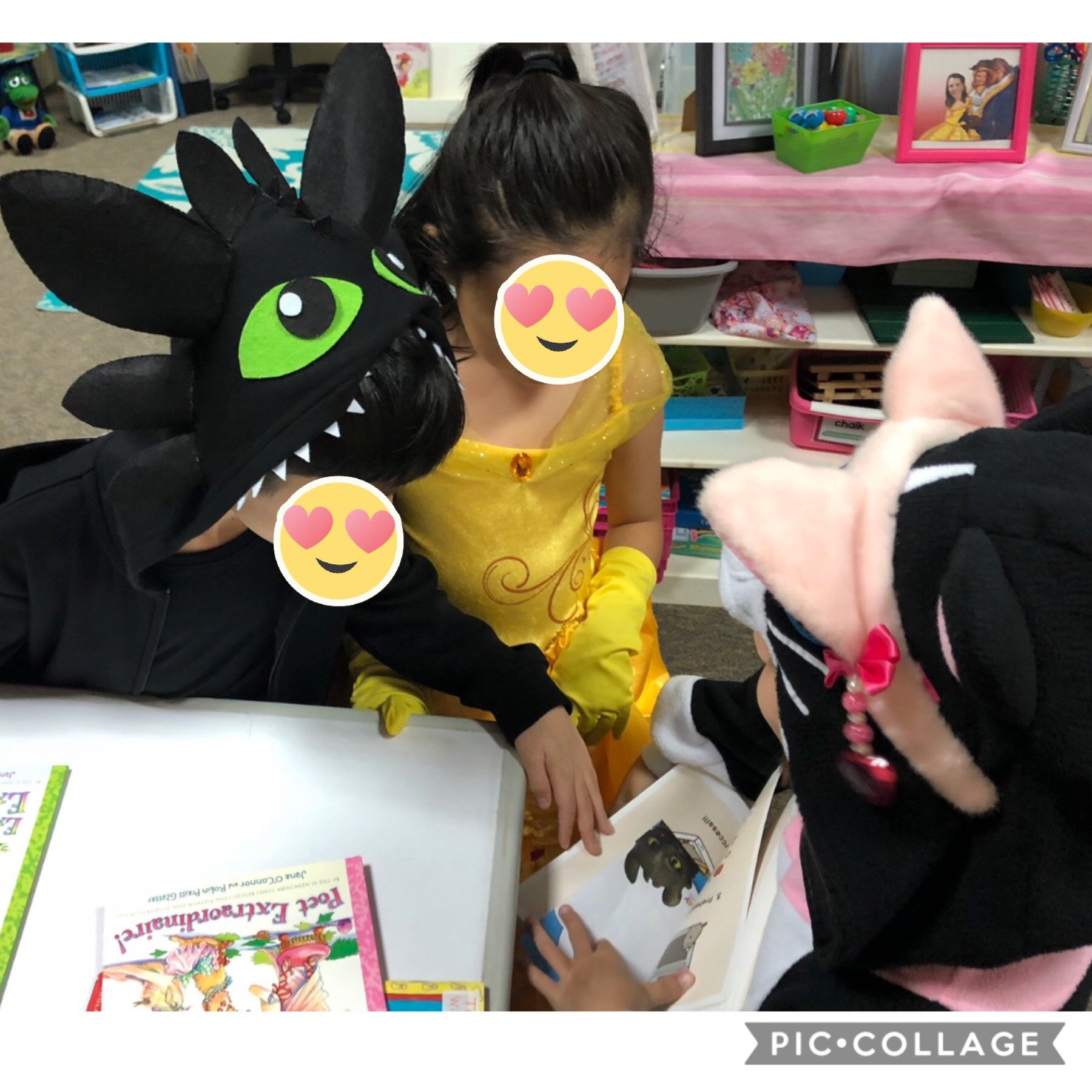
In the above photo, Vasya is sharing her book Pusheen the Cat. She is dressed as Pusheen the Cat, and as she shares this book she loves so much, she truly believes that she is Pusheen the Cat. Vasya’s engagement and passion for this book is so infectious; now her friends are in love with Pusheen the Cat, too. This is the kind of joy we want all readers in our school community to feel.
We asked parents to remember that when their children bring home a book from school or choose one to read at home, to try not to get too hung up on how easy or difficult the book is to read, and instead, to ask themselves, “Is my child excited to read this book?” If yes, celebrate that! In turn, we asked for their trust as we made the promise to ensure that students have access to books they love and books that will also help their reading skills to grow and develop. The parents could help by encouraging joyful reading.

Moving Forward
As we close out this school year and look forward to the next, we know that we are just at the beginning of our journey as a Parent-Teacher Inclusive Learning Community. An international school is a transitory place with teachers, students, and parents coming and going regularly throughout the year. It is our plan to continue to reach out to new parents as we start a new year. Our hope is that with a common understanding of workshop and reading among teachers and returning parents, our message will continue to spread throughout the community. We look forward to continue building a community of readers among our students, faculty, and parents.
About Our Guest Authors
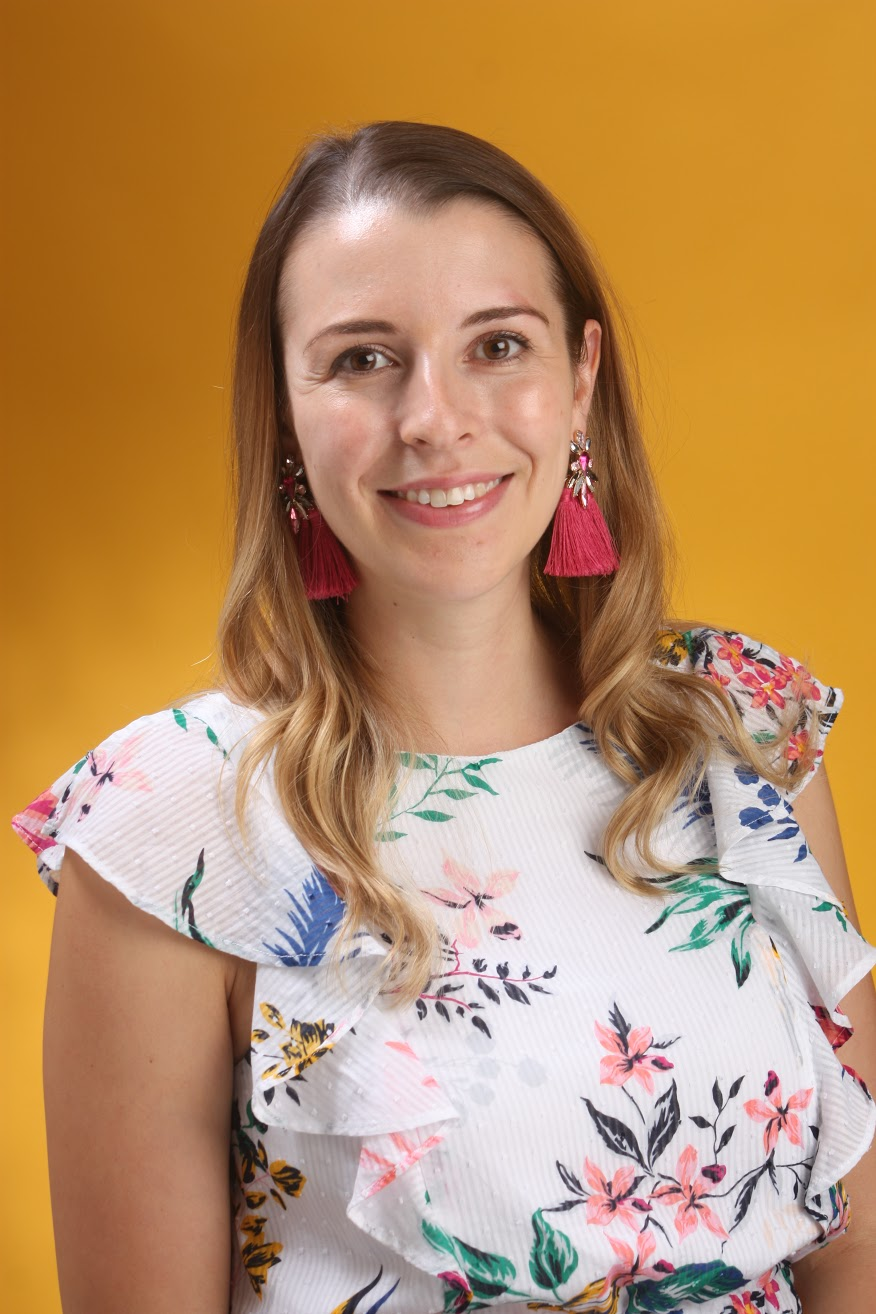
Emily Turner-Williams is a First Grade Teacher and Readers and Writers Workshop Lead at Brent International School Manila.
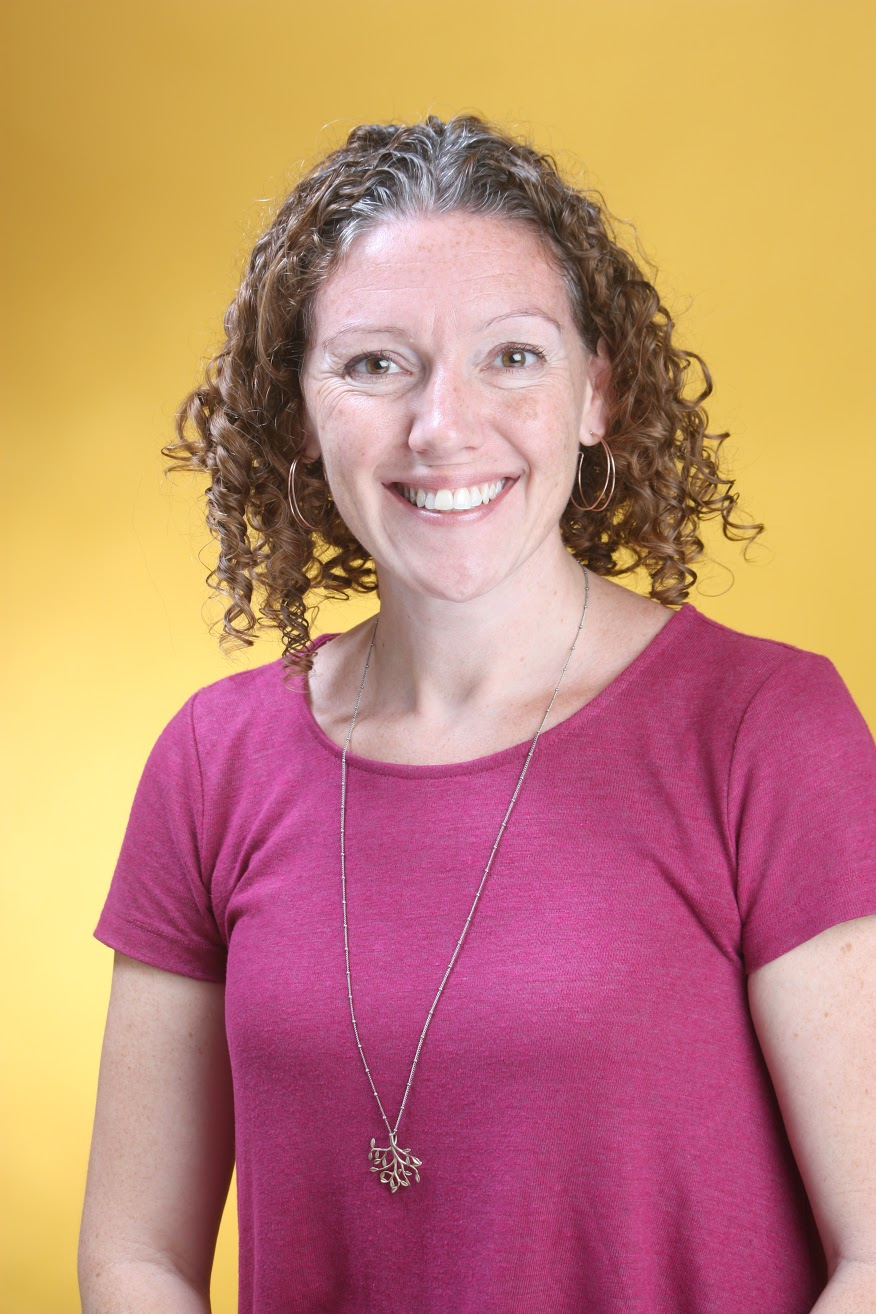
Catie McKenna is a Kindergarten Teacher and a Readers and Writers Workshop Lead at Brent International School Manila.

Brittany Stapley is a Second Grade Teacher and Readers and Writers Representative at Brent International School Manila.

